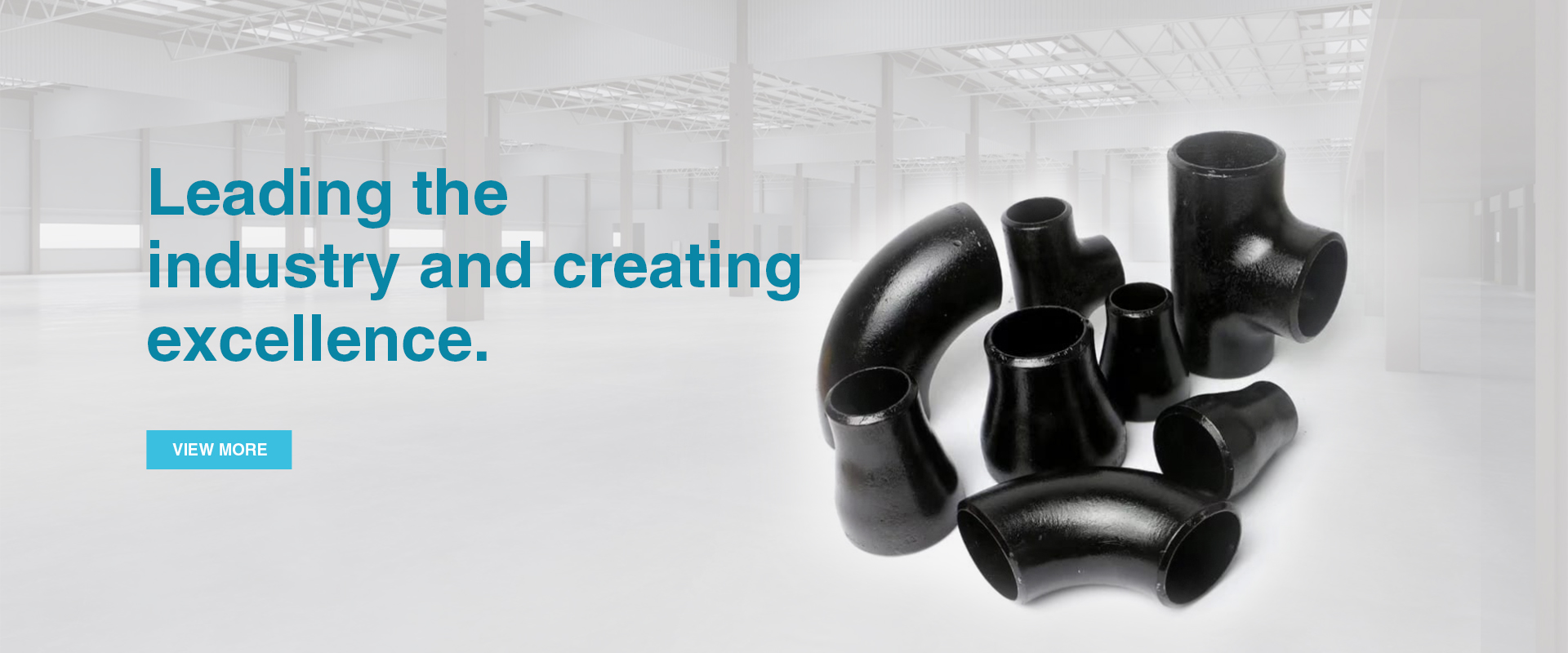-
Cangzhou Yulong Steel Co., Ltd.
-
Phone:
+86 13303177267 -
Email:
admin@ylsteelfittings.com
- English
- Arabic
- Italian
- Spanish
- Portuguese
- German
- kazakh
- Persian
- Greek
- French
- Russian
- Polish
- Thai
- Indonesian
- Vietnamese
- Zulu
- Korean
- Uzbek
- Hindi
- Serbian
- Malay
- Ukrainian
- Gujarati
- Haitian Creole
- hausa
- hawaiian
- Hebrew
- Miao
- Hungarian
- Icelandic
- igbo
- irish
- Japanese
- Javanese
- Kannada
- Khmer
- Rwandese
- Afrikaans
- Albanian
- Amharic
- Armenian
- Azerbaijani
- Basque
- Belarusian
- Bengali
- Bosnian
- Bulgarian
- Catalan
- Cebuano
- China
- China (Taiwan)
- Corsican
- Croatian
- Czech
- Danish
- Esperanto
- Estonian
- Finnish
- Frisian
- Galician
- Georgian
- Kurdish
- Kyrgyz
- Lao
- Latin
- Latvian
- Lithuanian
- Luxembourgish
- Macedonian
- Malgashi
- Malayalam
- Maltese
- Maori
- Marathi
- Mongolian
- Myanmar
- Nepali
- Norwegian
- Norwegian
- Occitan
- Pashto
- Dutch
- Punjabi
- Romanian
- Samoan
- Scottish Gaelic
- Sesotho
- Shona
- Sindhi
- Sinhala
- Slovak
- Slovenian
- Somali
- Sundanese
- Swahili
- Swedish
- Tagalog
- Tajik
- Tamil
- Tatar
- Telugu
- Turkish
- Turkmen
- Urdu
- Uighur
- Welsh
- Bantu
- Yiddish
- Yoruba

Aza . 09, 2024 07:10 Back to list
Techniques for Bending Stainless Steel Tubing in Various Applications and Industries
The Art and Science of Bending Stainless Steel Tubing
Stainless steel tubing is widely utilized across various industries, including automotive, aerospace, and medical equipment manufacturing, due to its remarkable strength, durability, and resistance to corrosion. One of the critical processes involved in utilizing stainless steel tubing is bending. Bending stainless steel tubing requires a unique combination of art and science to ensure that the finished product meets design specifications and performance requirements. This article delves into the techniques, considerations, and applications of bending stainless steel tubing.
Understanding the Basics of Bending
Bending is a metalworking process that involves manipulating the shape of a material. In stainless steel tubing, this is typically achieved through methods such as mandrel bending, rotary draw bending, and compression bending. Each technique has its specific applications and advantages, allowing manufacturers to choose the best method based on the project's requirements.
Mandrel Bending is perhaps the most common technique for bending stainless steel tubing. It employs a mandrel that supports the interior of the tube during the bending process, preventing collapse and ensuring smooth, clean bends. This method is particularly useful for applications requiring tight bends without kinks, making it ideal for exhaust systems in automotive engineering or intricate medical devices.
Rotary Draw Bending is another prevalent method, especially for larger diameters of tubing. In this process, the tube is pulled around a fixed die, allowing for precise control over the angle and radius of the bend. This technique provides a high degree of repeatability and is favorable in scenarios where numerous identical parts are made.
Compression Bending is used primarily for smaller diameter tubes. This method doesn’t require a mandrel, which can reduce costs but may compromise the integrity of the bend if not executed correctly. This technique is often used for less critical applications where aesthetics are not a primary concern.
Factors Influencing the Bending Process
Several critical factors influence the bending of stainless steel tubing, with material properties, wall thickness, bending radius, and tooling playing significant roles.
bending ss tubing

1. Material Properties Stainless steel comes in various grades, each with its properties. For instance, grades such as 304 and 316 offer different levels of corrosion resistance and workability. Understanding the specific grade being used is essential, as some grades are more malleable than others.
2. Wall Thickness The wall thickness of the tubing significantly affects the bending process. Thicker walls may resist deformation but can also lead to cracking if bent too tightly. Careful consideration of the wall thickness is crucial when determining the bending radius.
3. Bending Radius The bending radius is the curvature of the bend and should be suitable for the specific application. A tighter bend may require special techniques to avoid compromising the tube's integrity. Following guidelines for minimum bending radii based on wall thickness and bend angle is crucial to prevent failure.
4. Tooling The choice of tooling can greatly influence the final product’s quality. High-quality dies and mandrels can contribute to smoother bends and minimize defects. Furthermore, the proper lubrication during the bending process can reduce friction and wear, promoting a better finish.
Applications of Bending Stainless Steel Tubing
The applications of bent stainless steel tubing are vast. In the automotive industry, bent tubes are essential for exhaust systems, roll cages, and fuel lines, where strength and the ability to withstand heat and corrosion are paramount. In the aerospace sector, lightweight and durable bent tubing is utilized in fuel lines and structural components, where every ounce counts.
In medical equipment, precision-bent stainless steel tubing is crucial for devices such as catheters and surgical instruments, where hygiene and biocompatibility are critical.
Conclusion
Bending stainless steel tubing is a practice that combines technological prowess with artistic flair. Understanding the various methods and factors involved not only ensures high-quality products but also enhances innovation across various industries. Embracing advancements in bending technologies and techniques will undoubtedly lead to the creation of more sophisticated and resilient designs in the future. As industries continue to evolve, the capabilities of bending stainless steel tubing will play an integral role in shaping modern engineering solutions.
Latest news
-
ANSI 150P SS304 SO FLANGE
NewsFeb.14,2025
-
ASTM A333GR6 STEEL PIPE
NewsJan.20,2025
-
ANSI B16.5 WELDING NECK FLANGE
NewsJan.15,2026
-
ANSI B16.5 SLIP-ON FLANGE
NewsApr.19,2024
-
SABS 1123 FLANGE
NewsJan.15,2025
-
DIN86044 PLATE FLANGE
NewsApr.19,2024
-
DIN2527 BLIND FLANGE
NewsApr.12,2024
-
JIS B2311 Butt-Welding Fittings LR/SR 45°/90° /180°Seamless/Weld
NewsApr.23,2024











